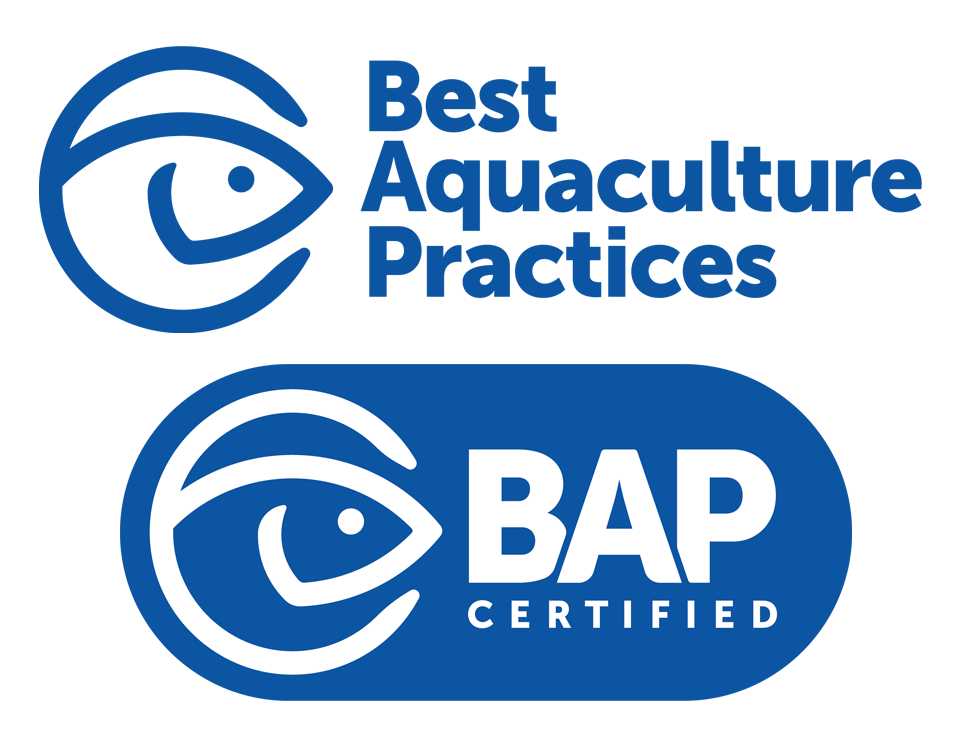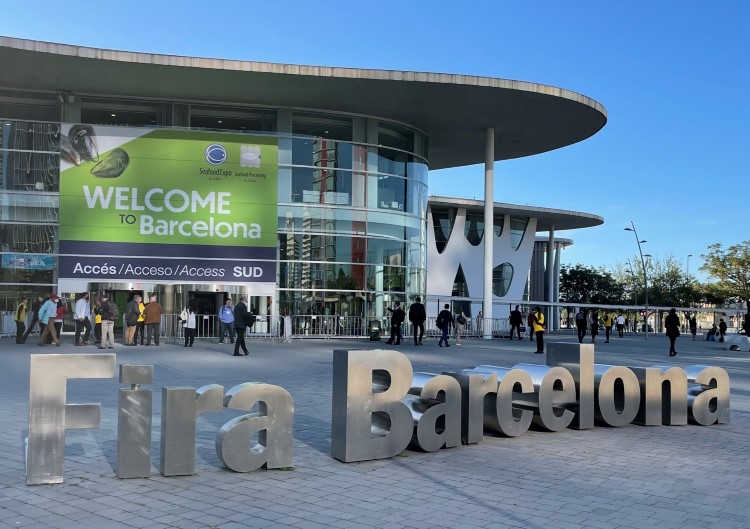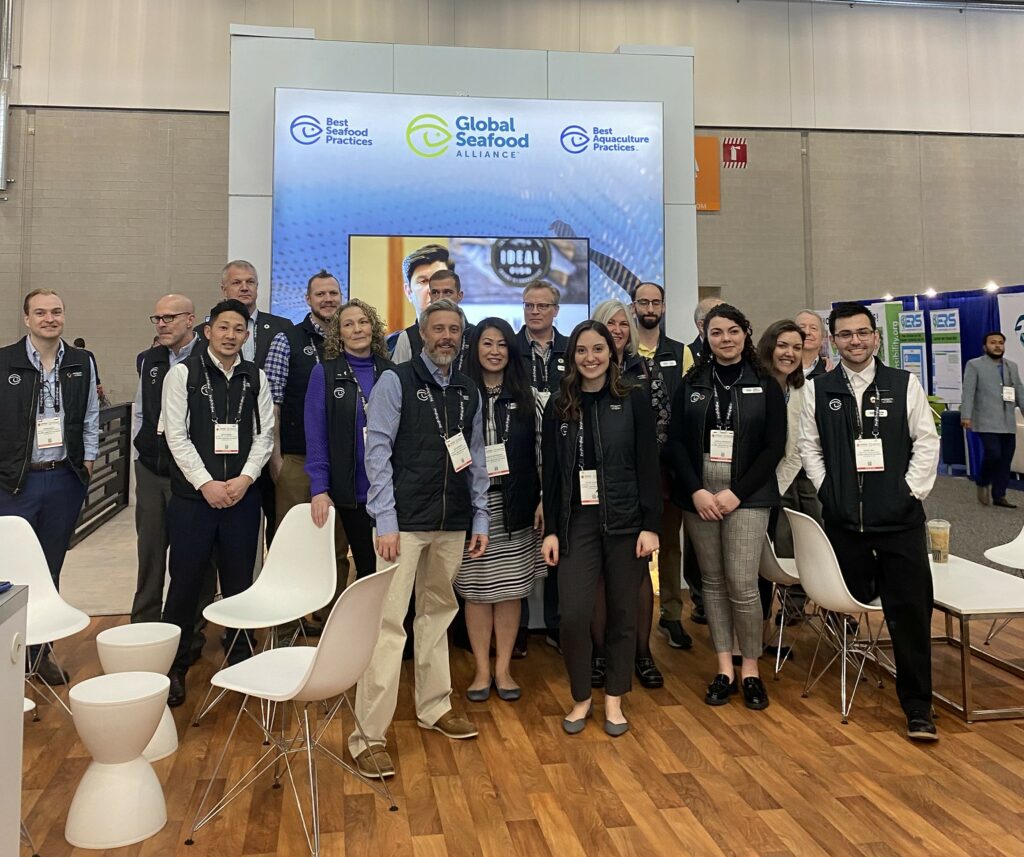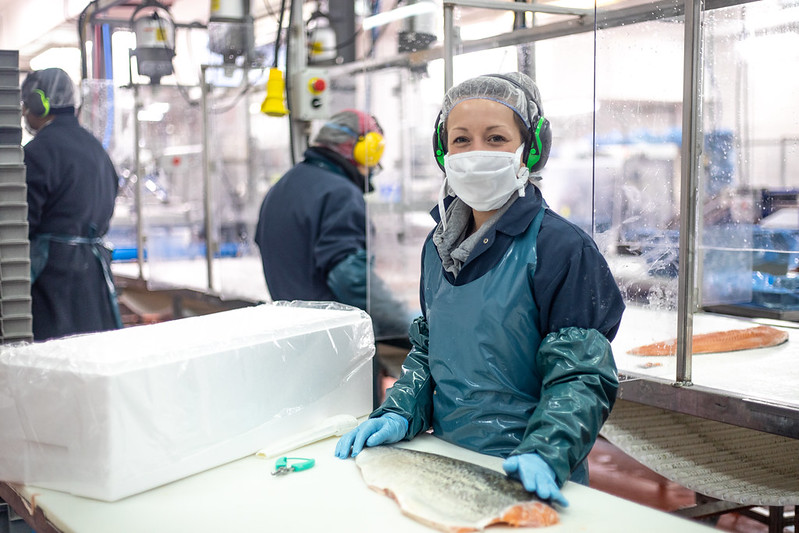BAP Program Grew 8.6 Percent in 2021, Certified Facilities Retention Rate at Five-Year High
 A testament to the industry’s dedication to responsible seafood production and sourcing, even during difficult times, the Global Seafood Alliance’s (GSA) Best Aquaculture Practices (BAP) third-party certification program grew 8.6 percent last year, ending 2021 with 3,169 BAP-certified facilities in six continents and 39 countries, up from 2,918 BAP-certified facilities at the end of 2020.
A testament to the industry’s dedication to responsible seafood production and sourcing, even during difficult times, the Global Seafood Alliance’s (GSA) Best Aquaculture Practices (BAP) third-party certification program grew 8.6 percent last year, ending 2021 with 3,169 BAP-certified facilities in six continents and 39 countries, up from 2,918 BAP-certified facilities at the end of 2020.
In another year wrought with challenges and disruptions brought on by the pandemic, only 187 BAP-certified facilities dropped from the program last year, resulting in a retention rate of 93.6 percent in 2021, up from 91 percent in 2020. That’s the highest that it’s been in at least five years, when the retention rate ranged from 89 percent to 91 percent. Additionally, 540 facilities became BAP certified for the first time.
“Our retention rate really speaks to aquaculture producers’ commitment to the full spectrum of sustainability, whether it’s environmental and social responsibility, animal health and welfare or food safety. They continue to be challenged by supply chain disruptions, labor shortages and inflation, yet despite these headaches they remain steadfast in their belief that their businesses can’t grow responsibly without the third-party assurances that certification programs like BAP provide,” said GSA CEO Brian Perkins. “I’d like to thank our endorsers up and down the seafood value chain, including retailers and foodservice operators, for continuing to support us and the work that we do.”
Of the 3,169 BAP-certified facilities, 1,876 are farms currently in operation, 335 are farms currently in fallow, 437 are processing plants, 47 are processing plants engaged in re-processing, 324 are hatcheries and 150 are feed mills.
The 1,876 farms currently in operation report more than 3 million metric tons of annual production, a 19.7 percent increase from 2020 to 2021. Atlantic salmon is No. 1 at 1.37 million metric tons of annual production, followed by shrimp at 695,607 metric tons, tilapia at 350,197 metric tons, pangasius at 126,138 metric tons, trout at 109,206 metric tons and mussels at 98,545 metric tons.
Once again the BAP program accomplished a number of firsts again in 2021, including Sri Lanka’s first company to offer three-star BAP shrimp (Taproban Seafood Group), Spain’s first BAP-certified feed mill (Dibaq Group) and the world’s first tilapia company to use a traceability system that integrates directly with BAP (Regal Springs Tilapia).
While the BAP program continues to grow 18 years after a shrimp farm in Belize became the first BAP-certified facility, the Best Seafood Practices (BSP) certification program, which GSA introduced last year, ended 2021 with 27 vessels in program. BSP is the world’s only third-party certification program capable of providing credible third-party assurances linking responsible wild-capture fisheries to Responsible Fishing Vessel Standard (RFVS)-certified vessels and Seafood Processing Plant Standard (SPS)-certified facilities. There are currently 27 RFVS-certified vessels in two countries (the United Kingdom and Australia).
About the Global Seafood Alliance
The Global Seafood Alliance is an international, nonprofit trade association dedicated to advancing responsible seafood practices through education, advocacy and third-party assurances. Through the development of its Best Aquaculture Practices and Best Seafood Practices certification programs, GSA has become the leading provider of assurances for seafood globally. The organization’s work addresses the full spectrum of responsibility, from environmental responsibility and social accountability to food safety. Established in 1997 as the Global Aquaculture Alliance, GSA is headquartered in Portsmouth, N.H., USA. To learn more, visit www.globalseafood.org.




